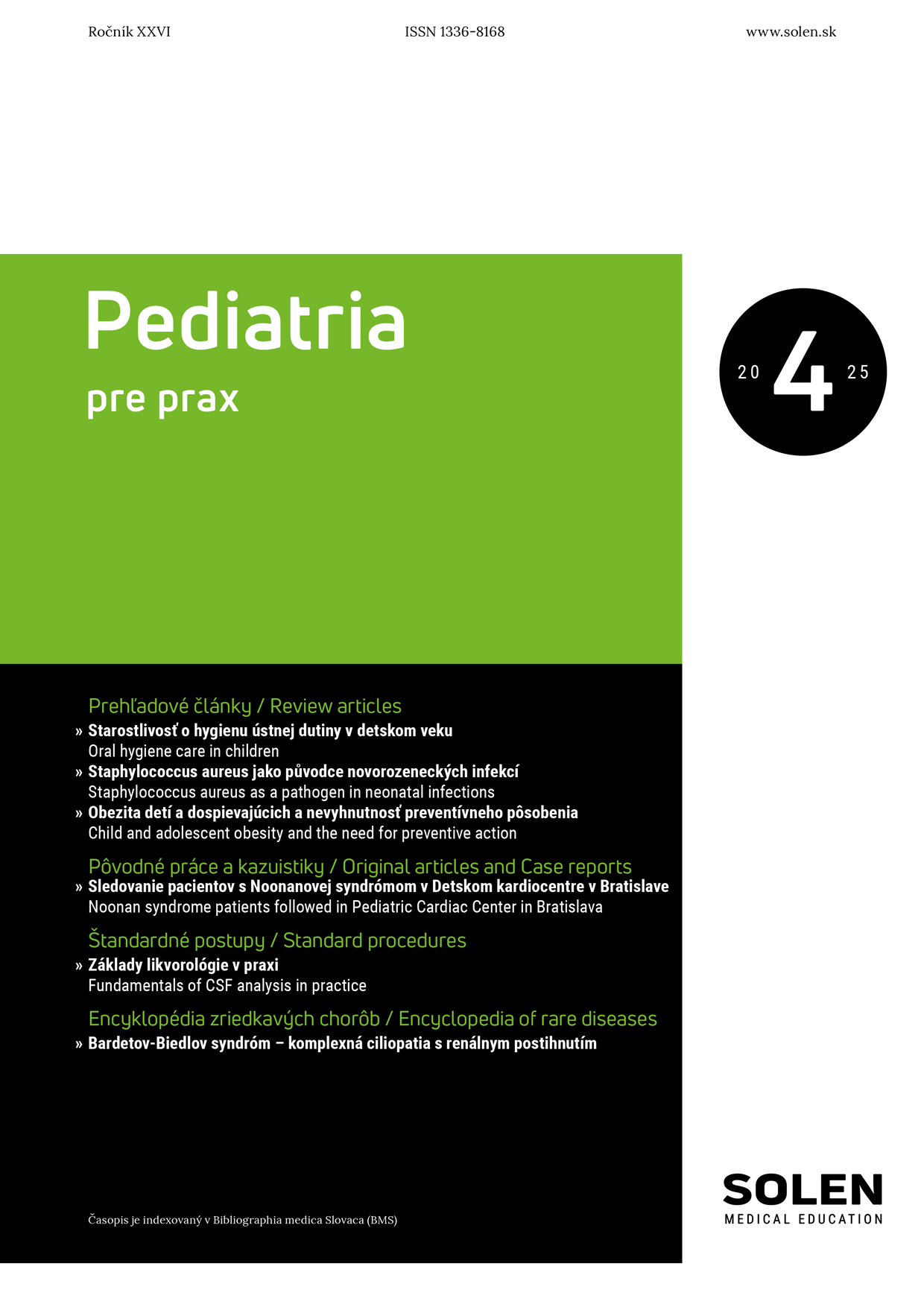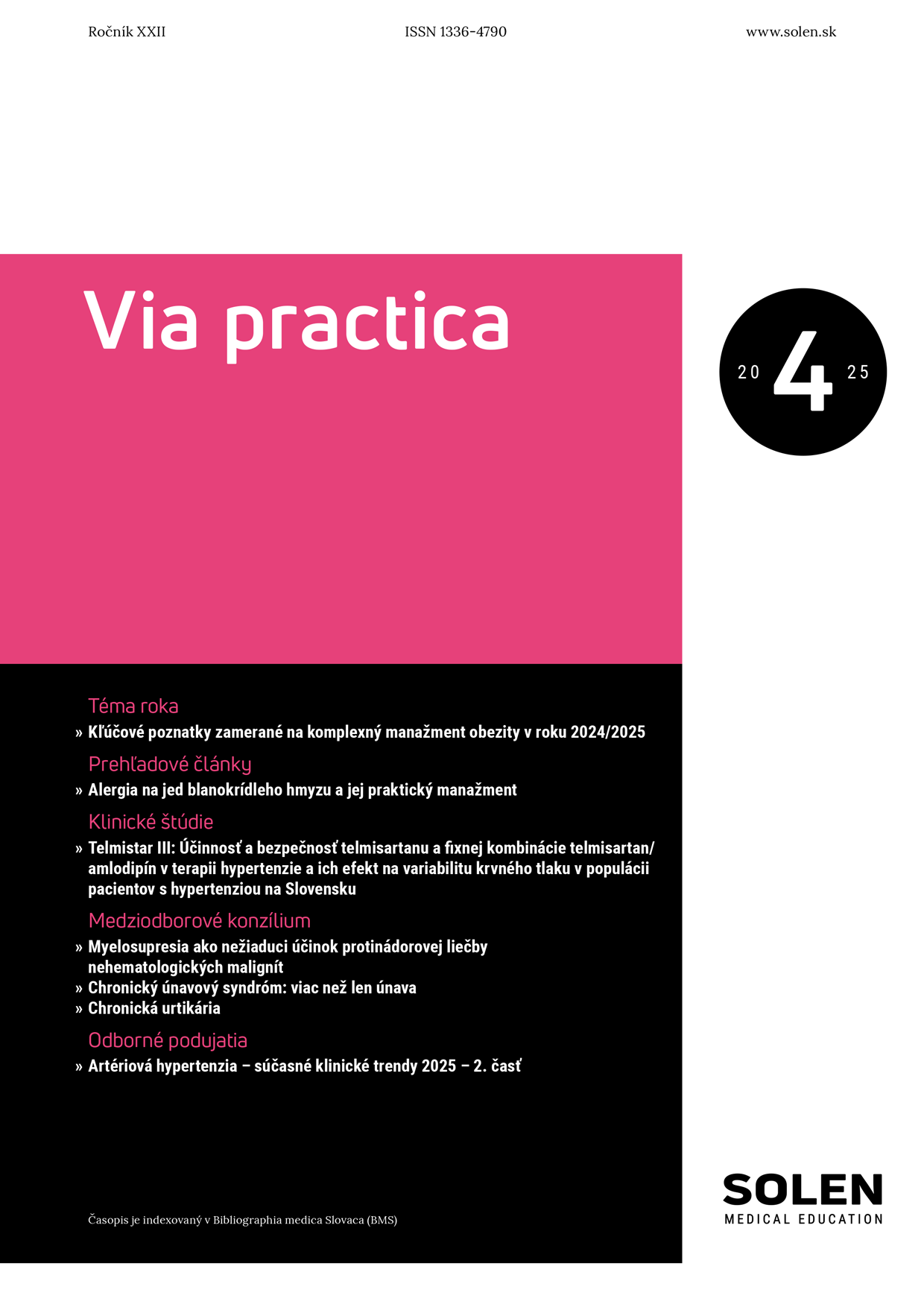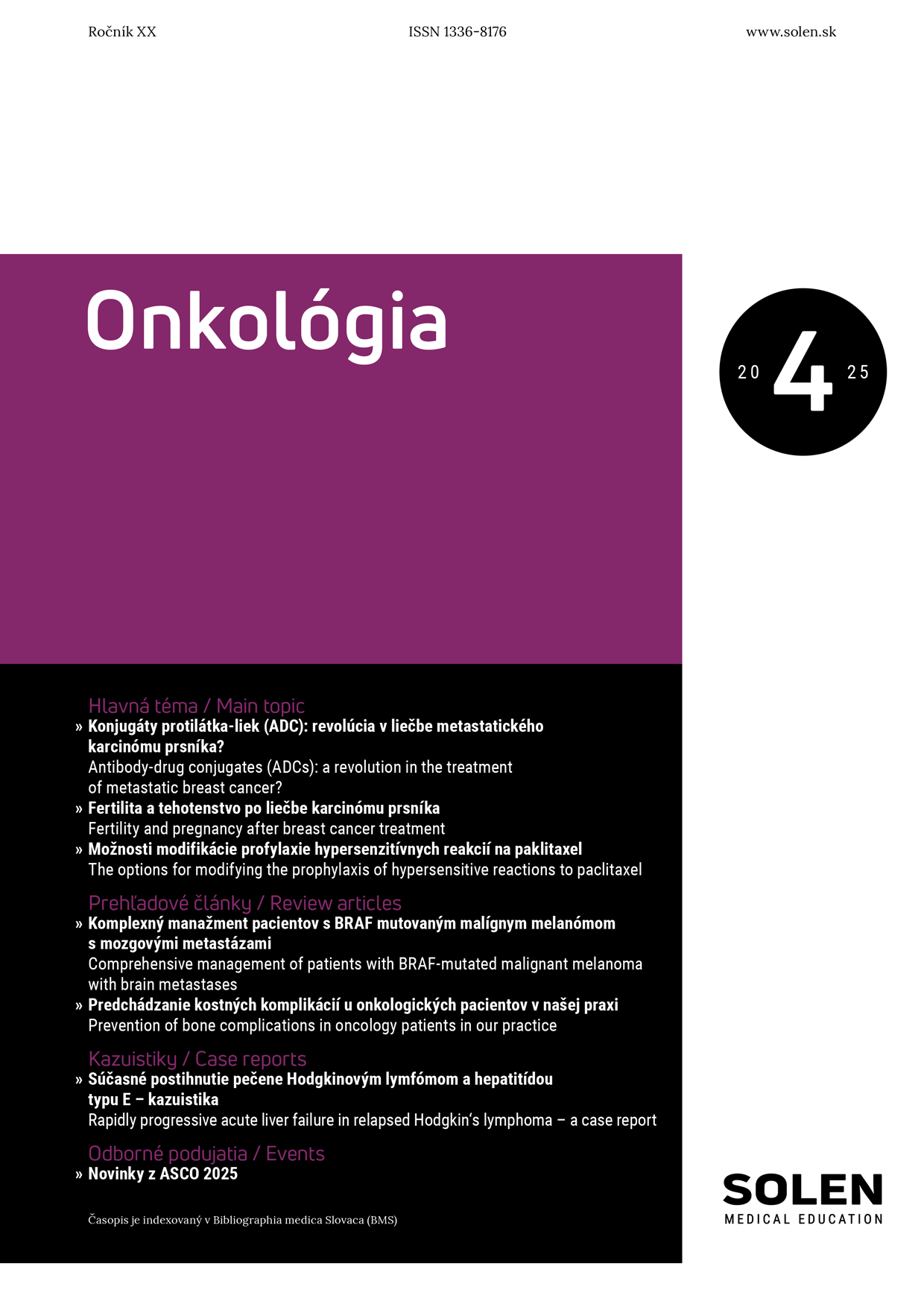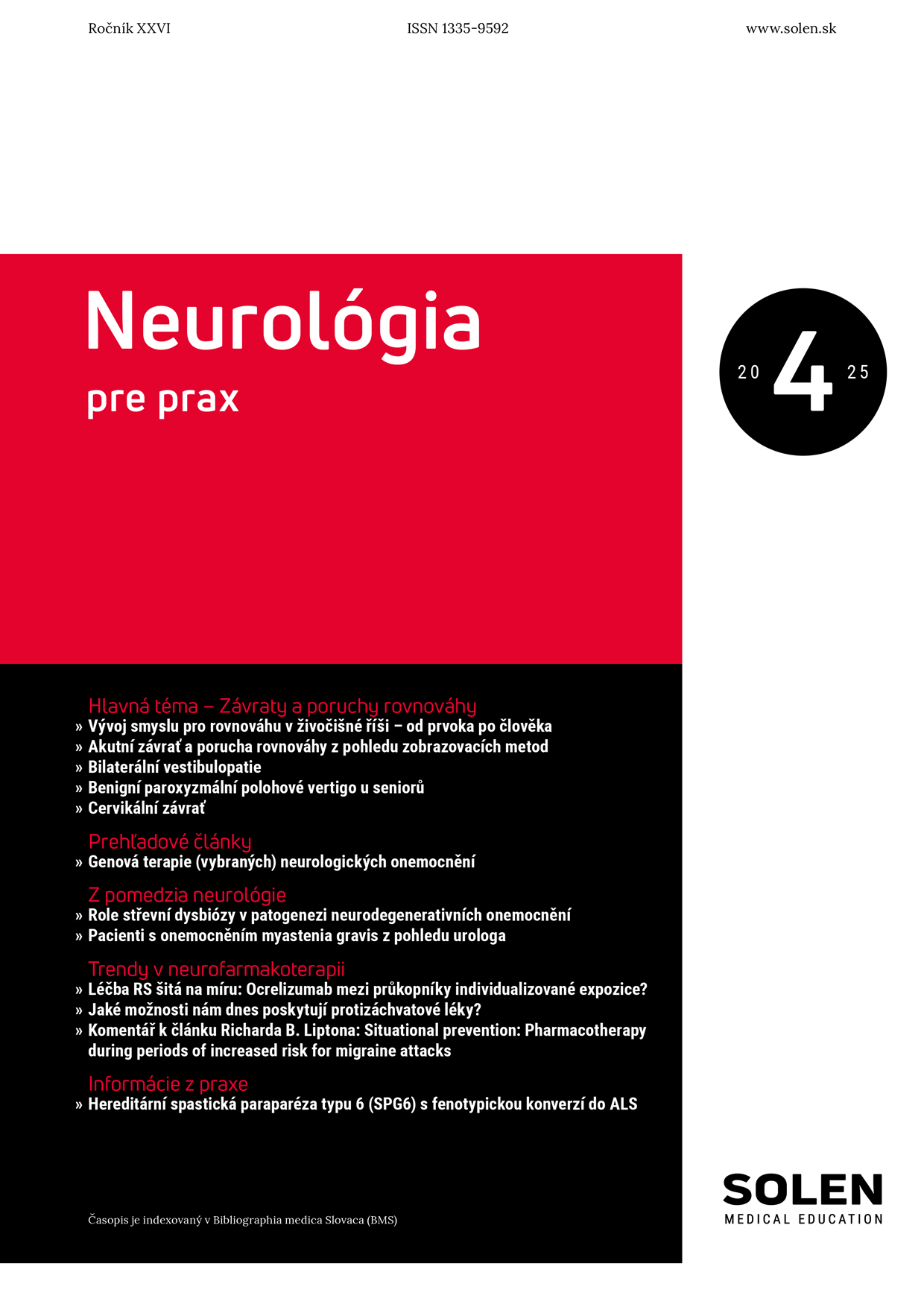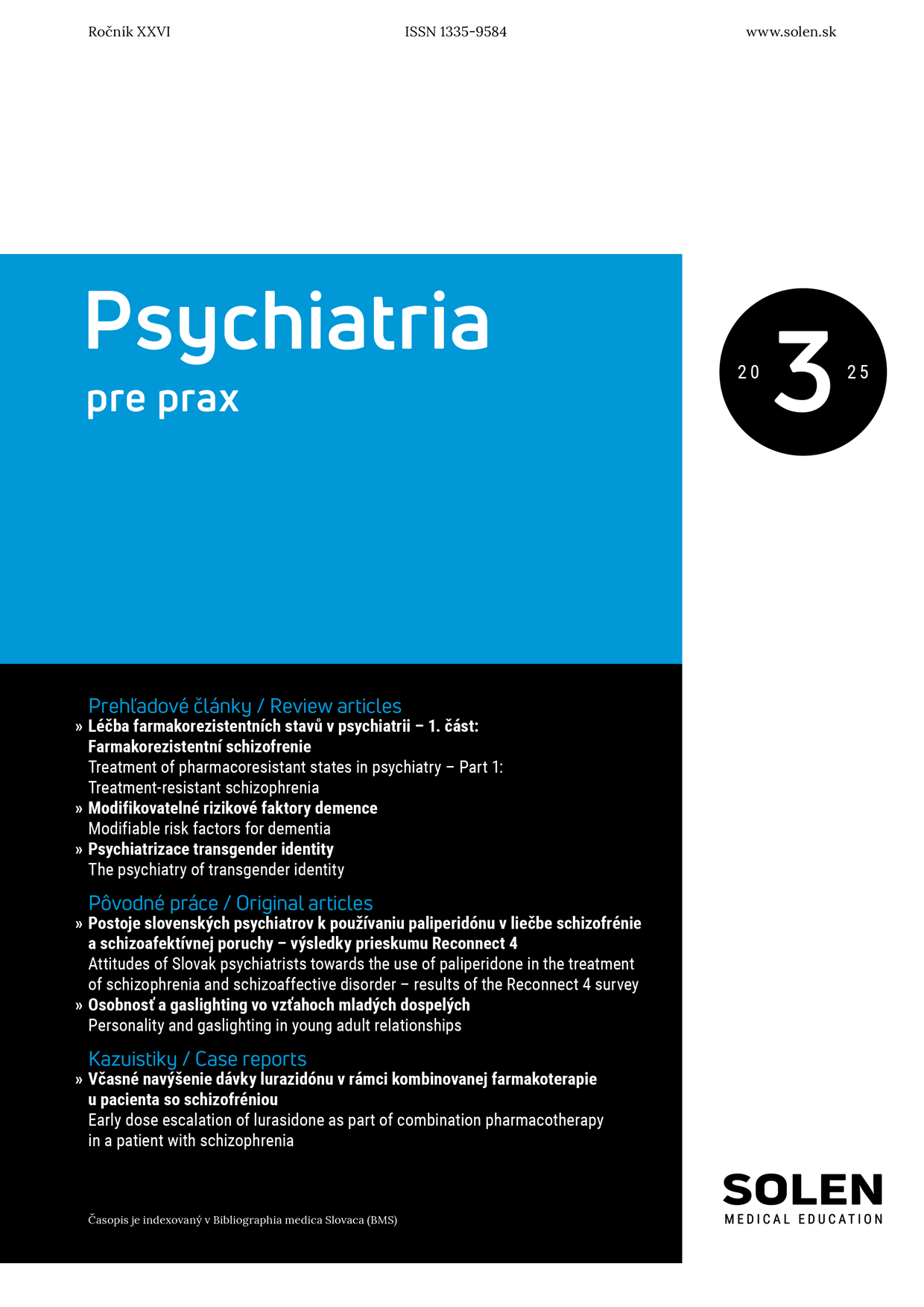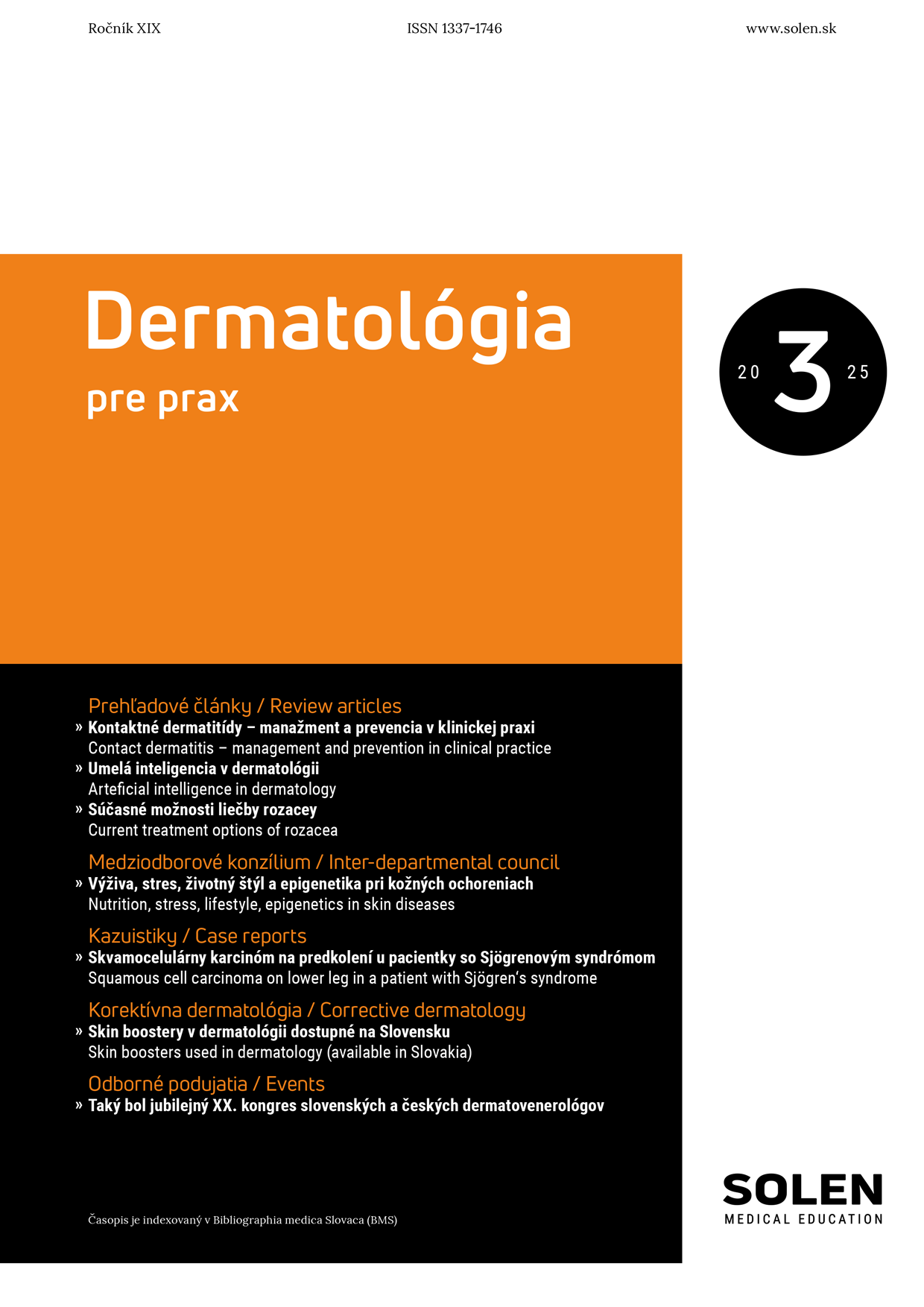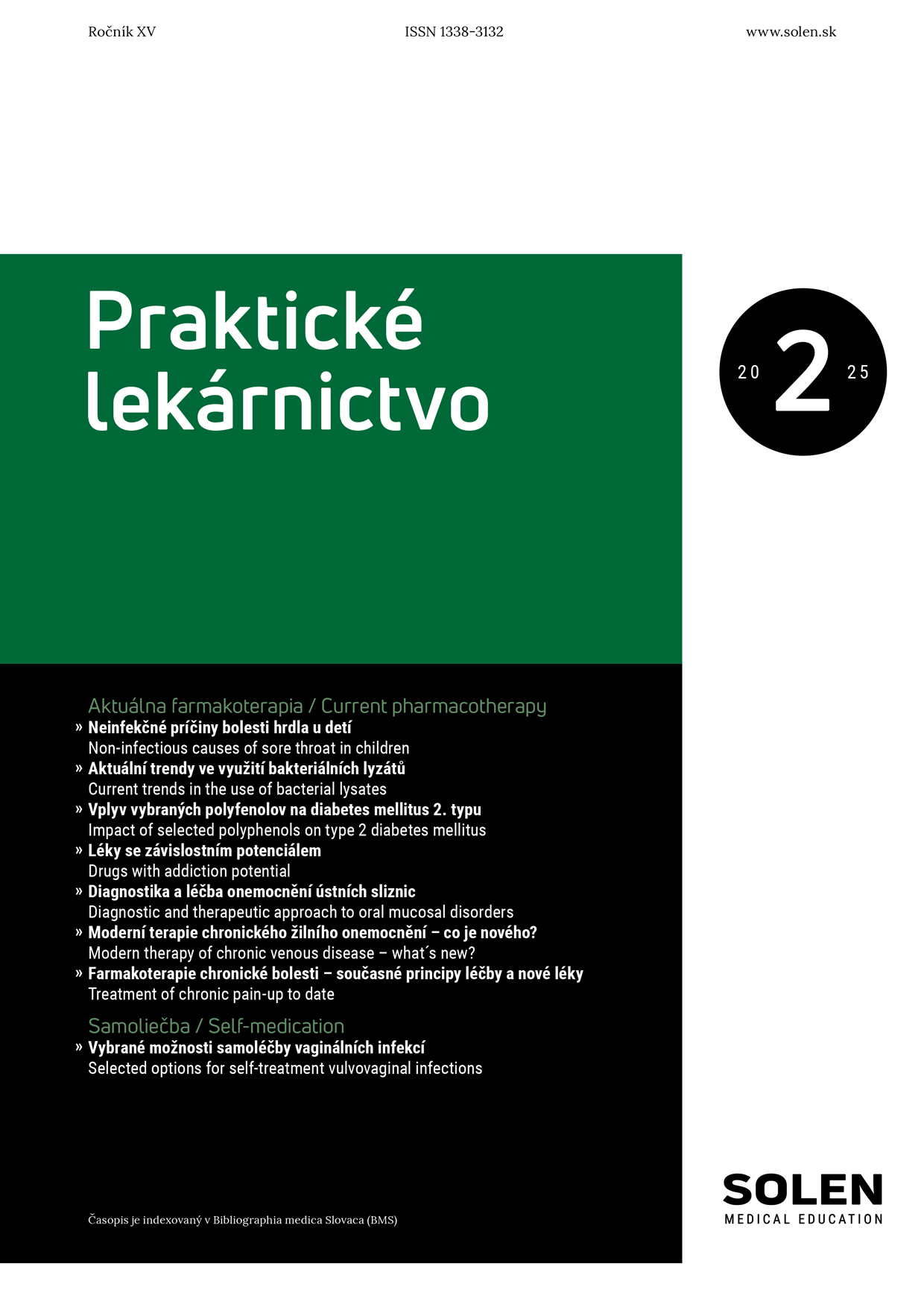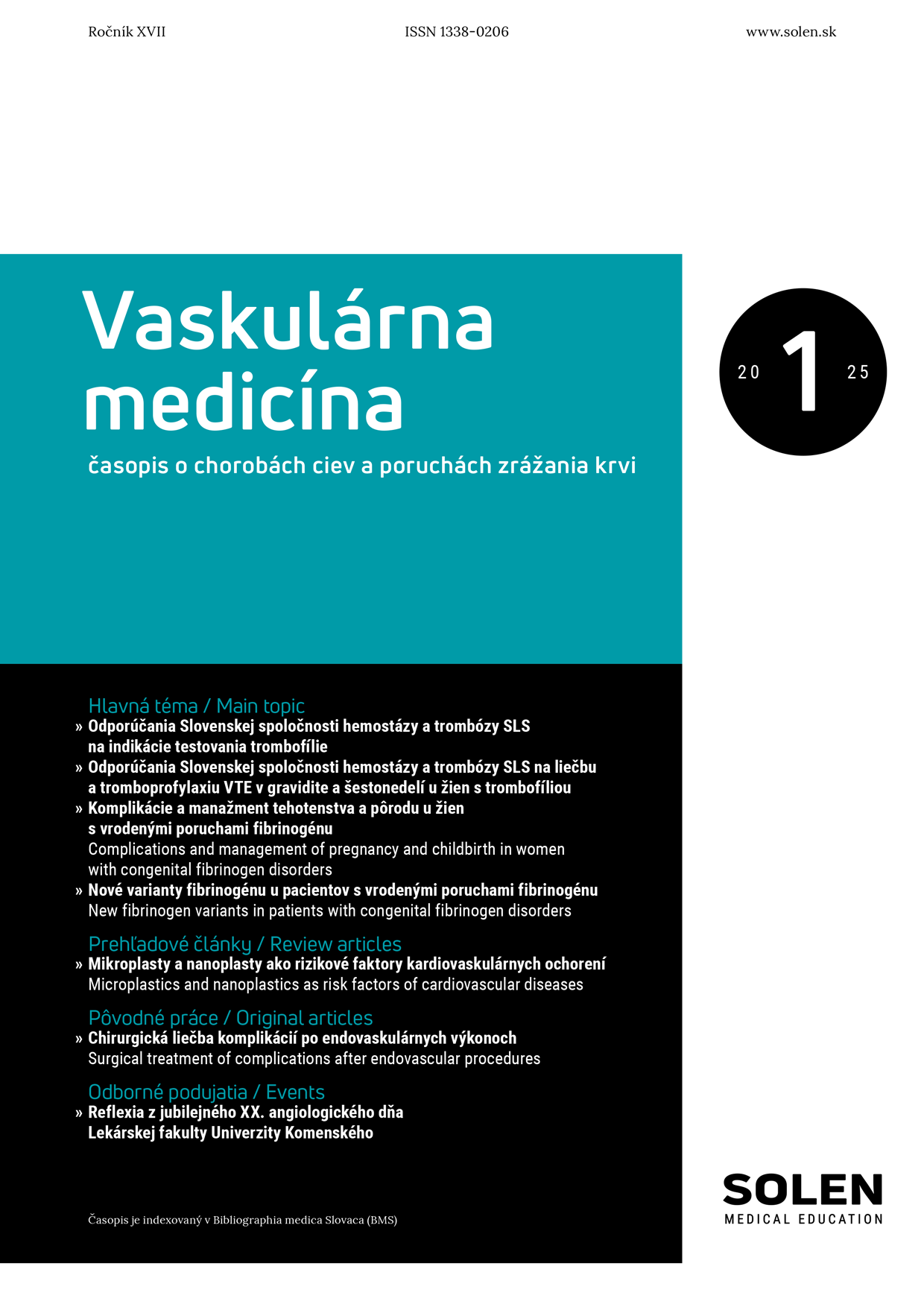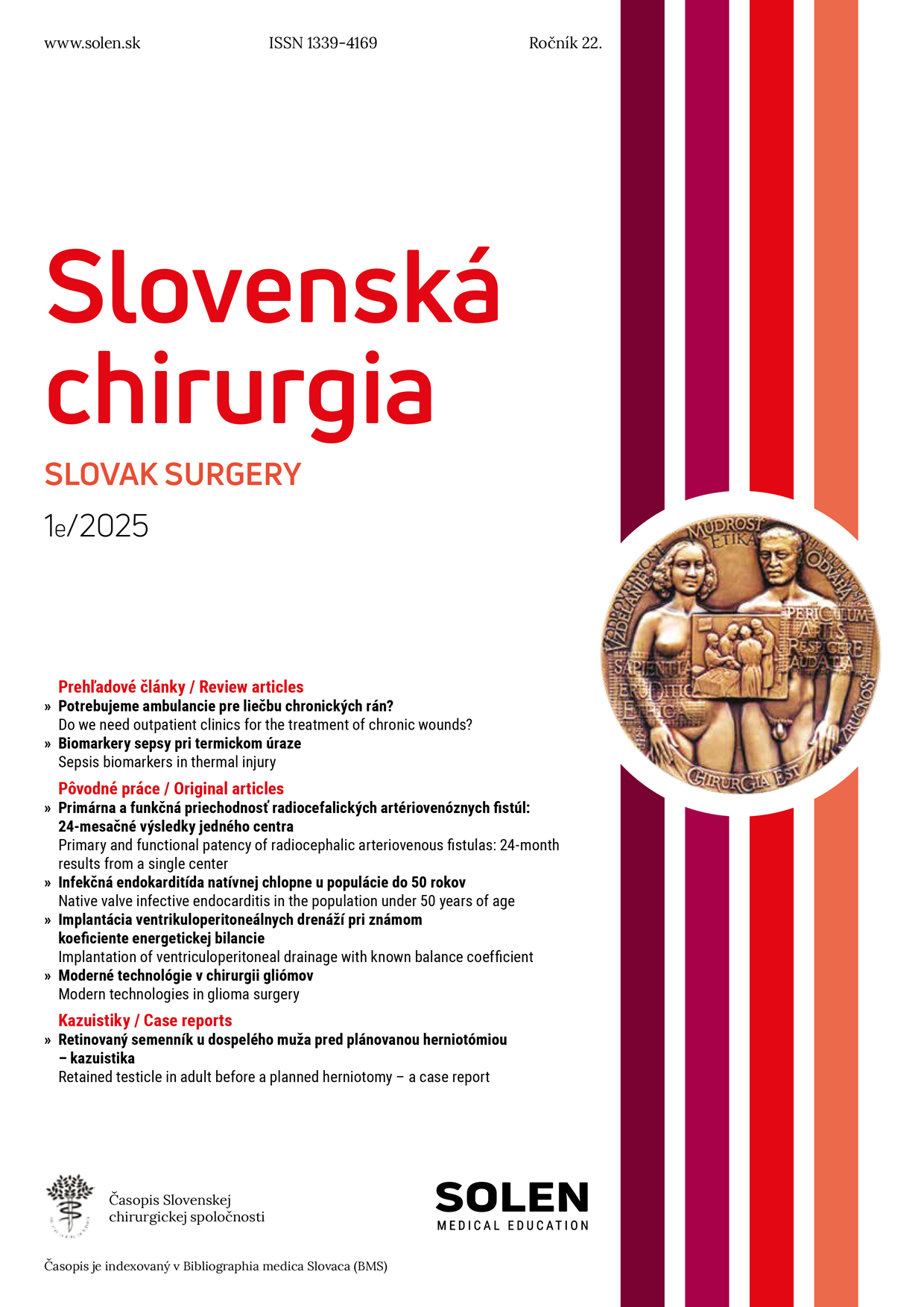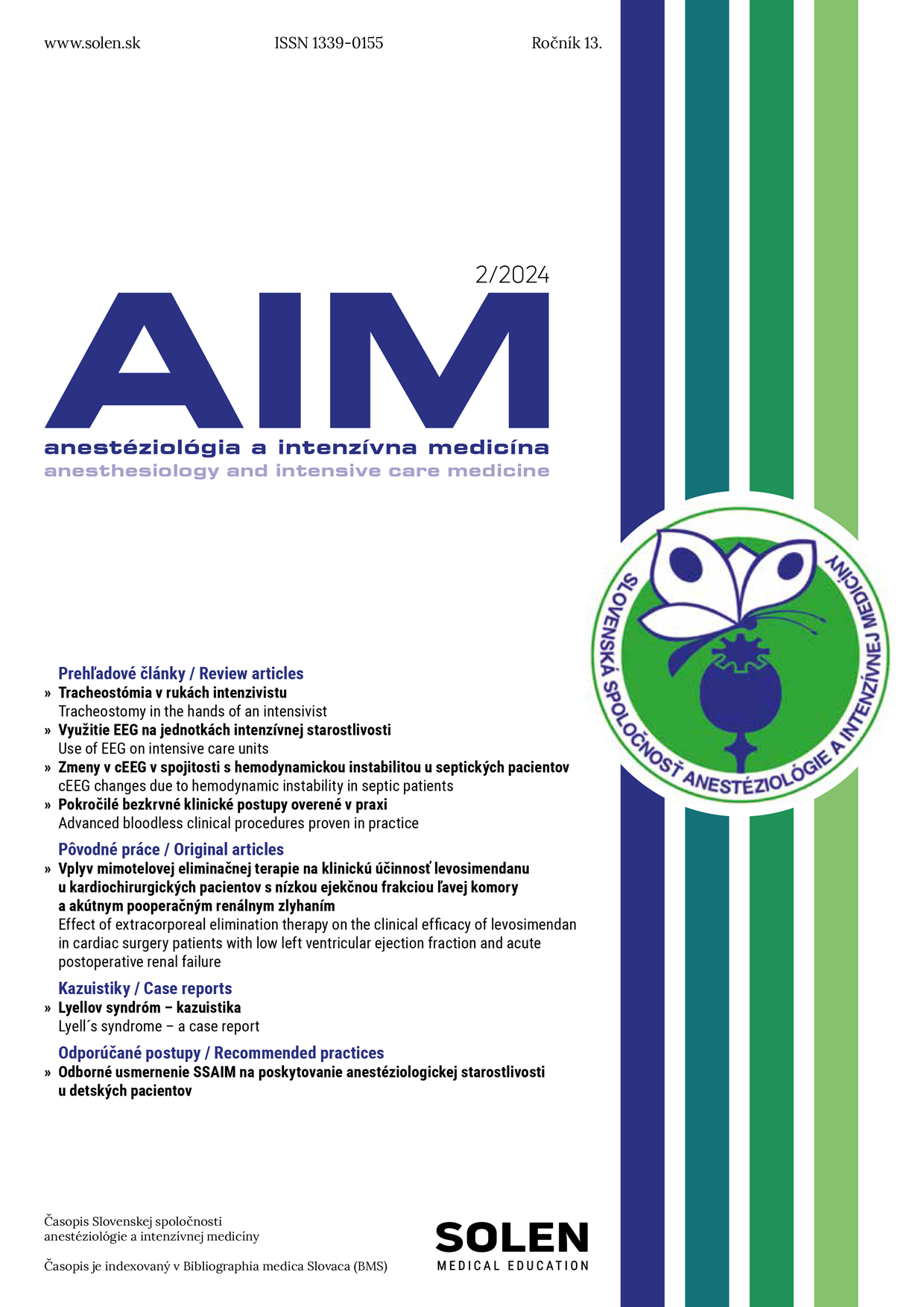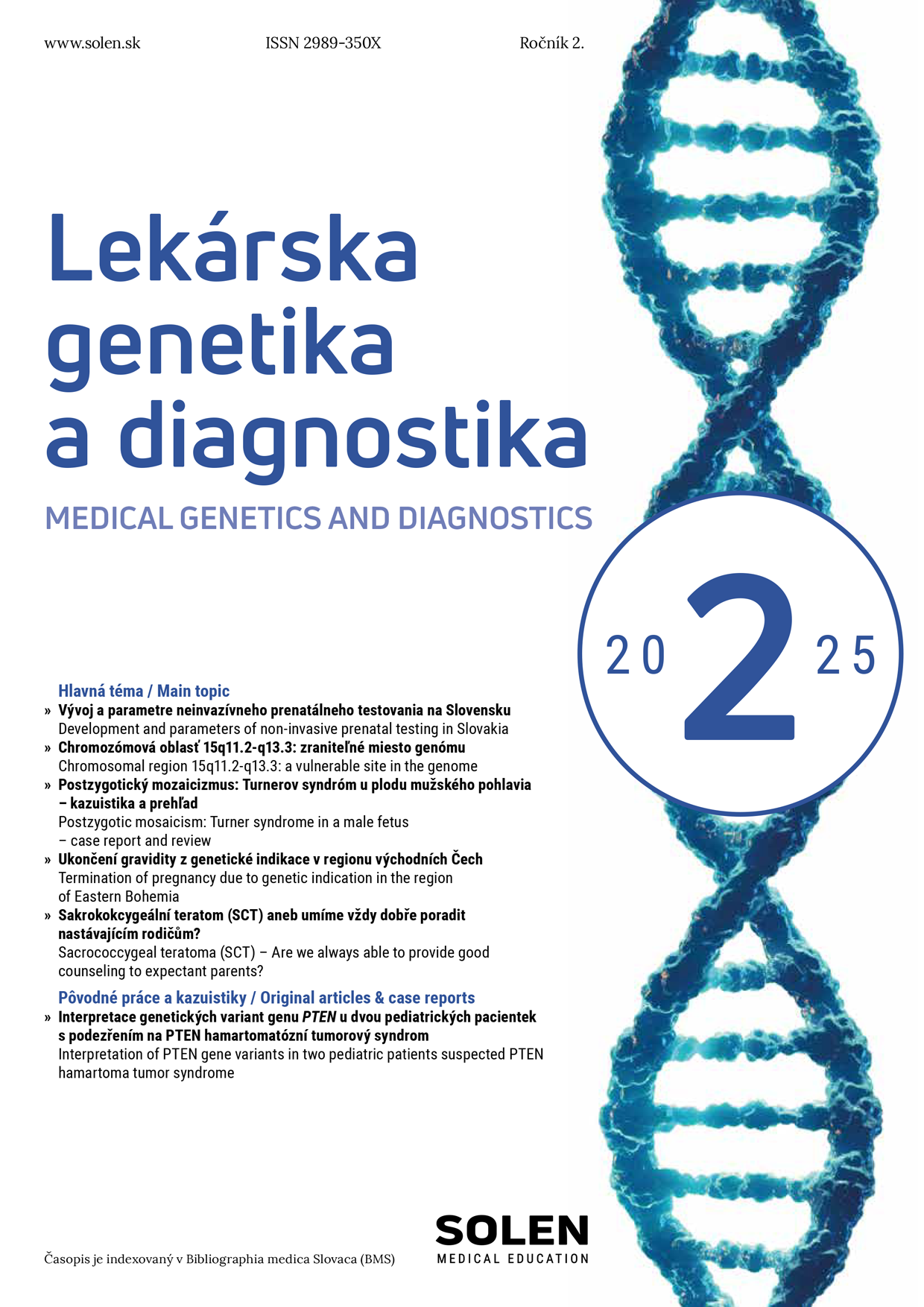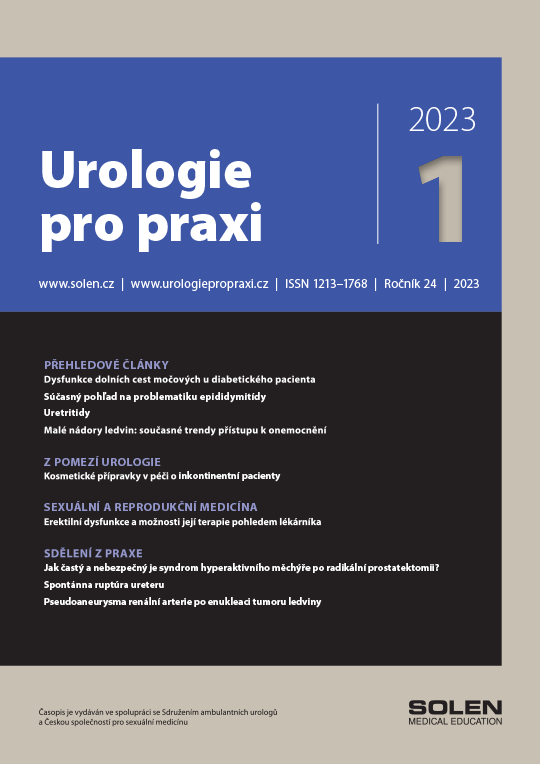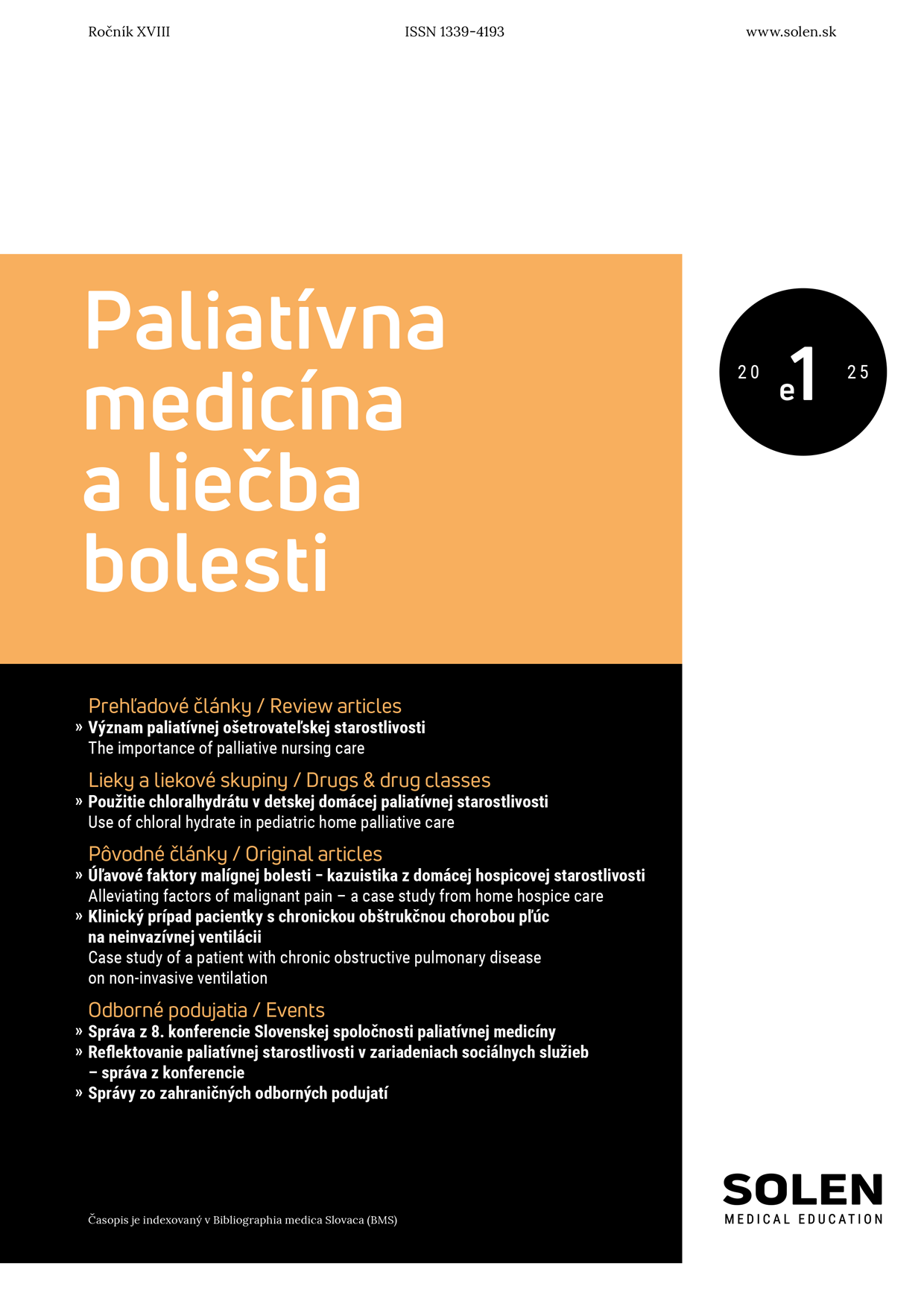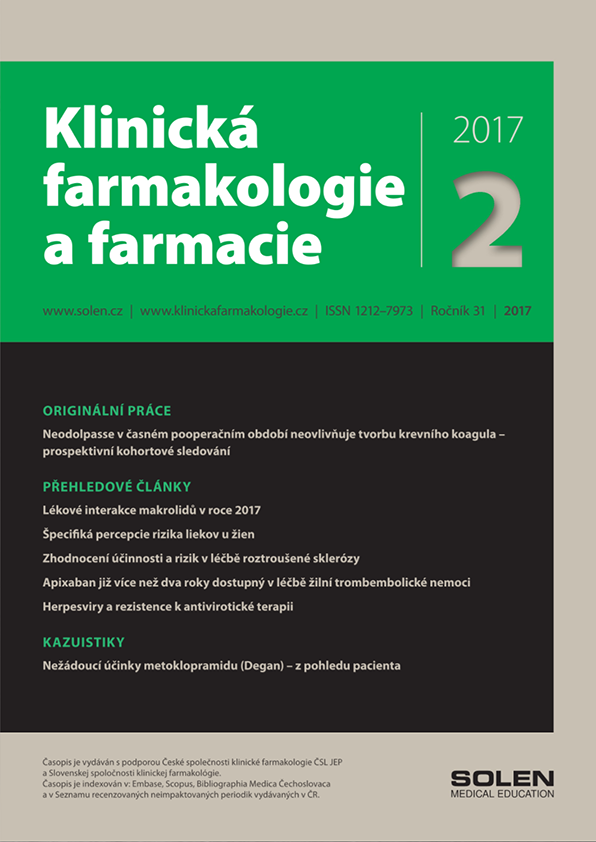Neurológia pre prax 6/2024
Chronic pain management, atypical opioids
Chronic pain is a major society-wide socio-economic problem. It significantly contributes to the population disability rate in developed countries and adversely affects the quality of life. The strategy of chronic pain management is multimodal, involving pharmacotherapy, rehabilitation therapy, psychotherapy, invasive methods, and some other therapeutic options. The basic pain management strategy is based on the WHO three-step analgesic ladder. Nonopioid analgesics are the mainstay of chronic pain management, combined with weak or strong opioids depending on the intensity of pain. This treatment can be supplemented with adjuvant analgesic medication. Recently, opioids have also been classified into conventional and atypical ones. Buprenorphine and tapentadol are the main examples of atypical opioids.
Keywords: chronic pain, non-opioid analgesics, atypical opioids, buprenorphine, tapentadol hydrochloride


